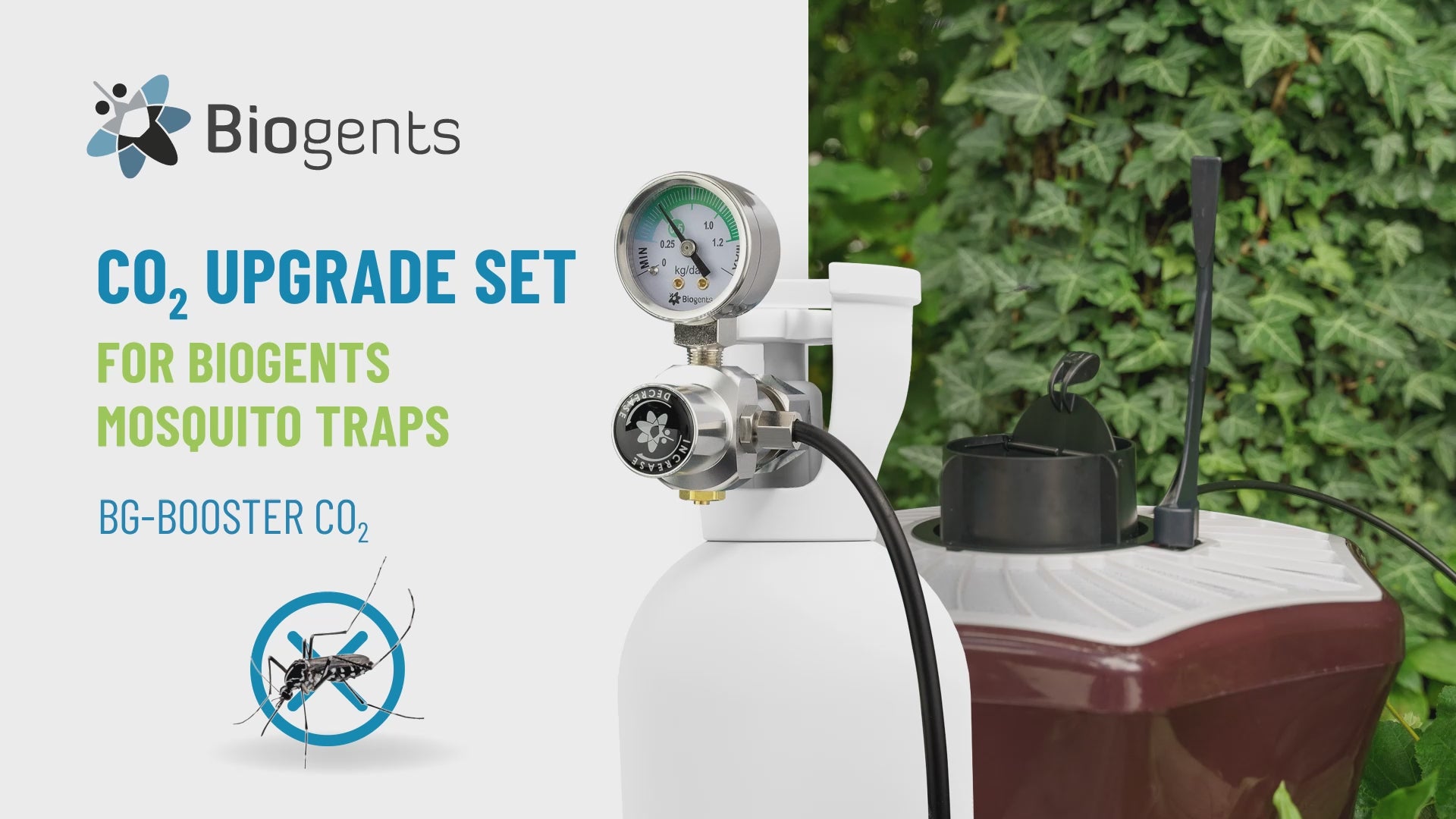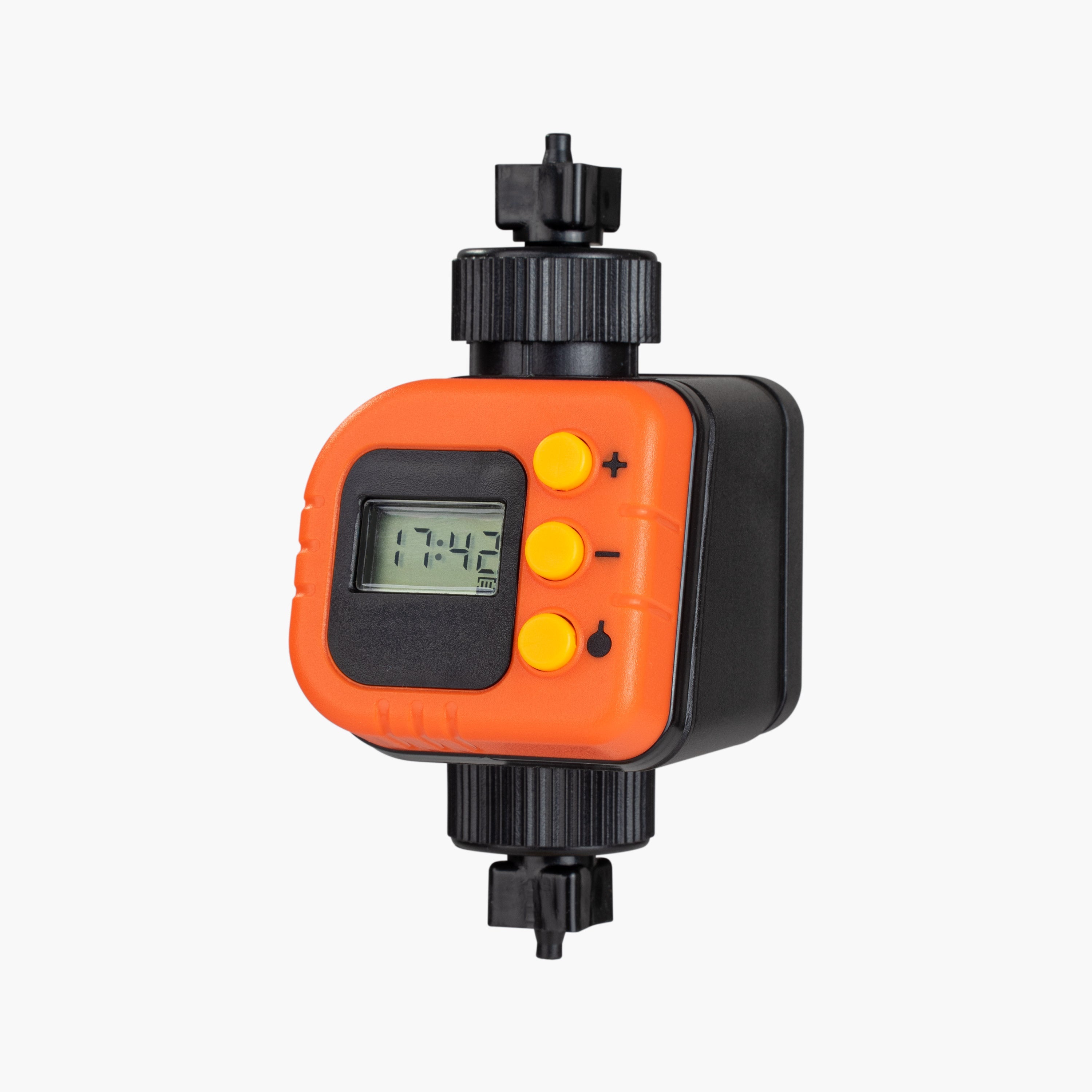
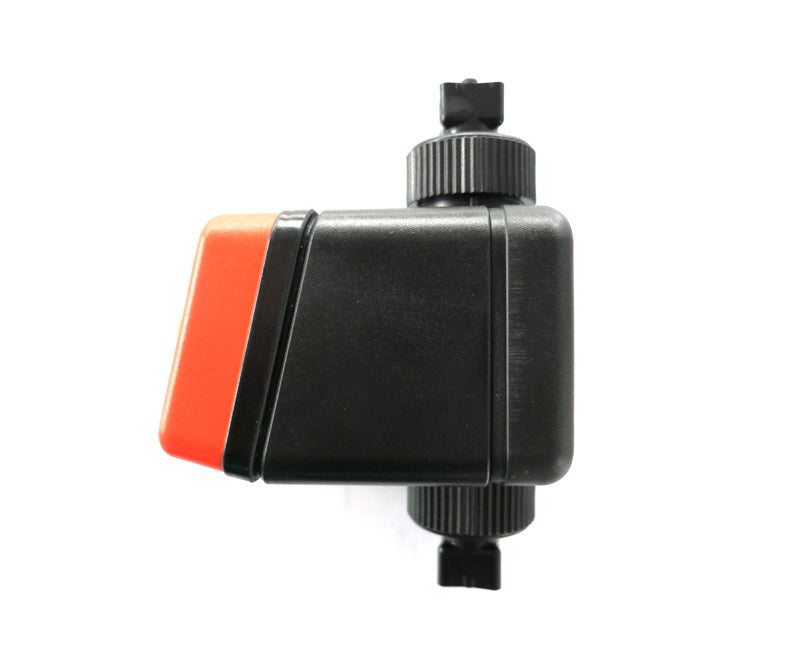

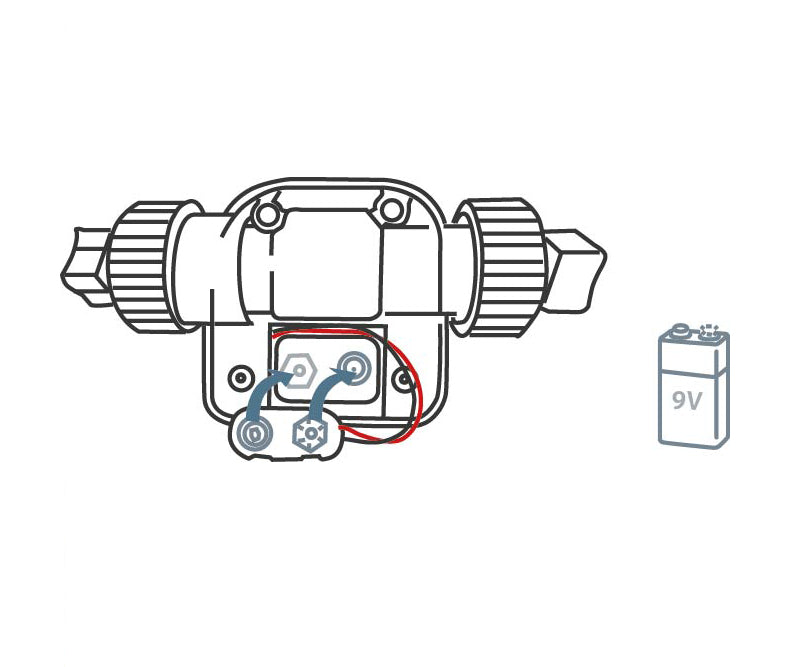
BG-CO2 Timer
The BG-CO2 Timer is a programmable regulator that controls the CO2 release of your mosquito trap device. Designed to work with Biogents traps such as the BG-Mosquitaire and BG-Pro, it lets you schedule CO2 output for peak mosquito activity times.
Easy to set up with day/night or custom intervals, it extends cylinder life and reduces costs while maintaining high catch rates. Battery-powered and weather-resistant, it provides efficient, targeted protection without sprays or zappers. This user-friendly digital timer allows you to adjust the flow rate based on your local mosquito situation.
Pairs well with

BG-CO2 Timer
Product details
What's included
Specifications
Placement & Usage
If you have any questions, you are always welcome to contact us. We'll get back to you as soon as possible, within 24 hours on weekdays.
-
Shipping Information
Use this text to answer questions in as much detail as possible for your customers.
-
Customer Support
Use this text to answer questions in as much detail as possible for your customers.
-
FAQ’s
Use this text to answer questions in as much detail as possible for your customers.
-
Contact Us
Use this text to answer questions in as much detail as possible for your customers.
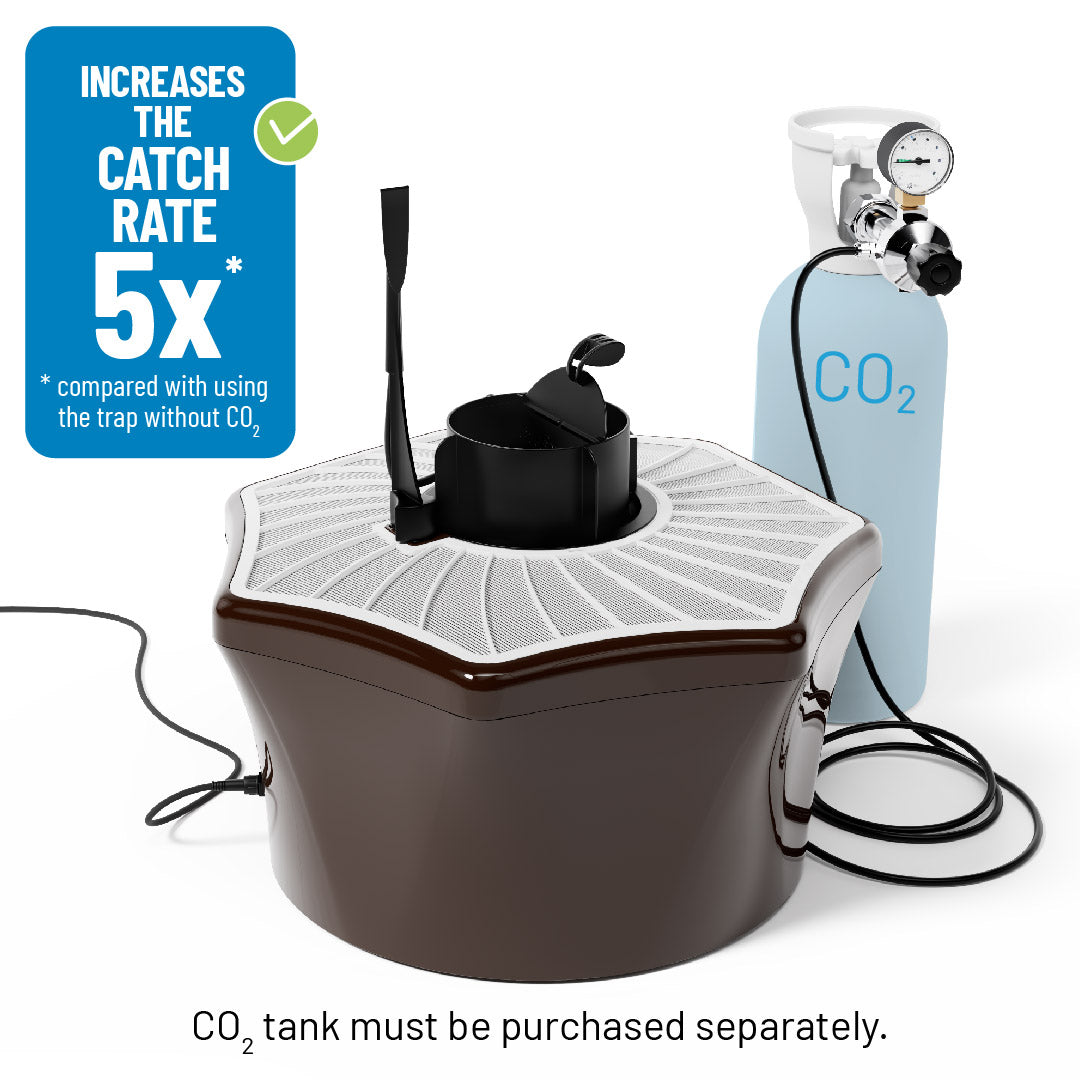
The CO2 Advantage
- CO2 is the greatest attractant for the majority of blood-sucking insects
- CO2 attracts day and nighttime biters
- Adding CO2 has been proven to increase your catch rates by 400%
- Add the BG-Timer to schedule release times to increase CO2 efficiency
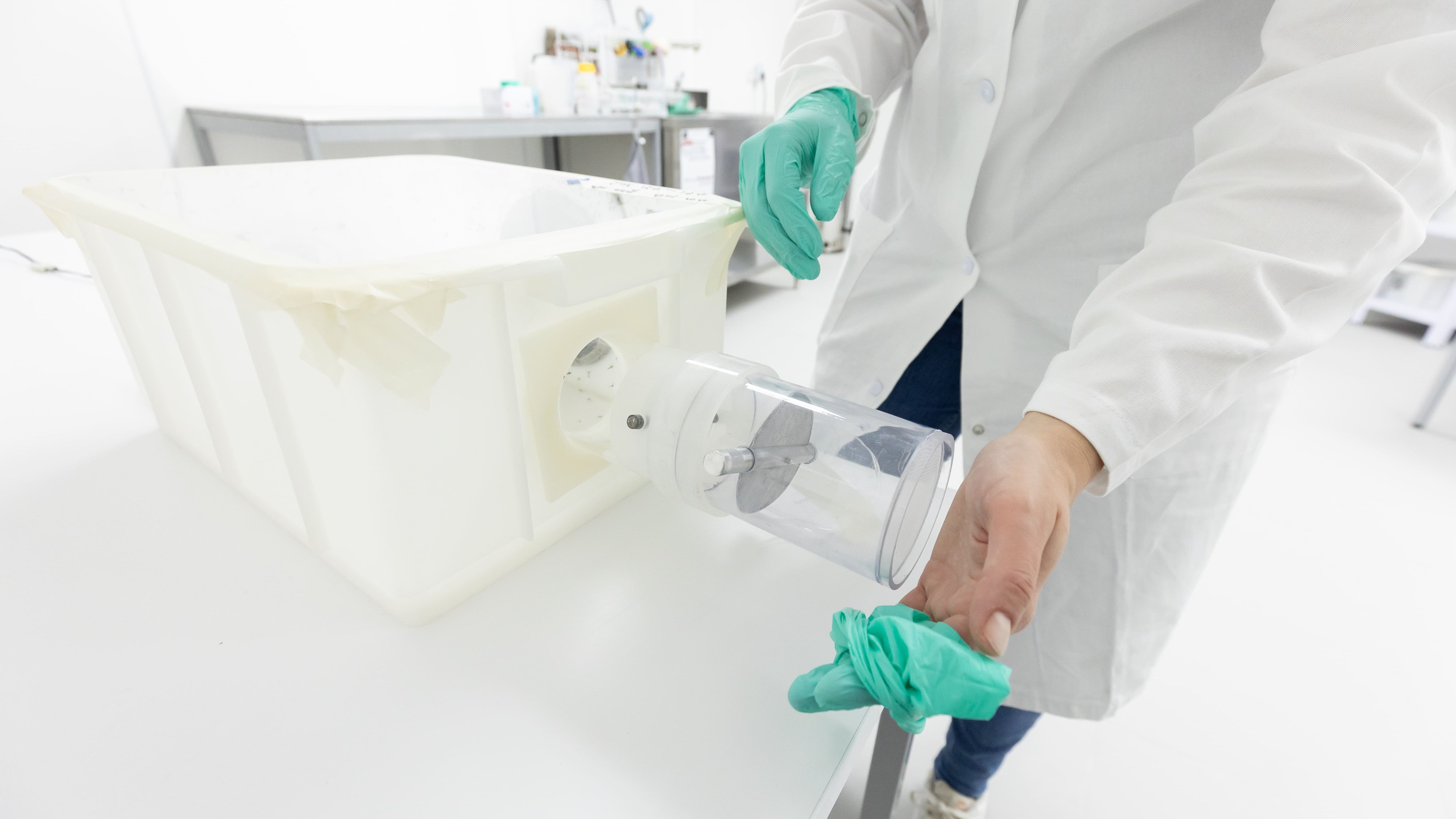
What makes Biogents traps different?
- Scientifically proven efficacy of up to 87% less mosquito bites
- Worldwide homeowners, researchers, professional and government organizations use Biogents traps
- Patented capture method and insecticide-free mosquito attractant
FAQs
How does BG-CO2 affect the local mosquito situation?
If you want to increase your outdoor catch rates, or you are bothered by mosquitoes during the evenings, the best solution is provided by the BG-Mosquitaire with CO2. Mosquitoes detect carbon dioxide from human breath as a primary host-seeking cue, so the trap releases CO2 to simulate human presence and attract mosquitoes hour after hour.
How does BG-Booster CO2 prevent the optimum growth of mosquitoes?
The BG-Booster CO2 combines our traps with CO2, which attracts more mosquitoes. By releasing the optimum quantity of CO2, you can increase catch rates. The addition of this compound by connecting the trap to a CO2 bottle (not included in the contents) makes the BG-Mosquitaire even more attractive for a wide range of mosquitoes, including flood water or dawn biting mosquitoes, and can multiply the catch rate of tiger mosquitoes by 10.
What is the purpose of the BG-CO2 Timer?
The BG-CO2 regulator helps you control the flow of your CO2 cylinder. We recommend releasing 1.1 kilogramsCO2 per day (see gauge on the BG-Booster CO2). You can program the BG-CO2 Timer to only release CO2 in the hours the mosquitoes are most active (features two timing windows). These are usually at sunrise and sunset.
We suggest programming the timer from 06:00 to 10:00 a.m. and from 04:00 p.m. to midnight, but this depends on the mosquito species and local mosquito population. This timer device allows precise control over hourly CO2 output.
Where can I find CO2 tanks and bottles for my CO2 system?
Note: The gas bottles are not included in the contents.
The gas bottles can be acquired or rented at drink retailers or bottle depots for a deposit. A door-to-door delivery service may also be available in some locations. Check stock availability and compare prices to save money.
The following sites offer competitive rental prices:
Roberts Oxygen
National distributor of food-grade CO2: Air Gas
Air Gas has over 900 locations throughout the US
Other CO2 suppliers are mostly regional, Welding and Brewing suppliers
Why is CO2 an essential part of my mosquito trap’s operating system?
Carbon dioxide (CO2), a key component of human breath, is the primary attractant for most blood-sucking insects, including mosquitoes. If you're mostly bothered by mosquitoes in the evening or near flood areas, they are likely house or flood mosquitoes, not tiger mosquitoes.
To increase catch rates for these species, add CO2 to the BG-Mosquitaire trap. CO2 works in synergy with the BG-Sweetscent to attract more mosquito species, including tiger mosquitoes. The BG-Booster CO2 ensures optimal distribution and allows you to adjust the CO2 release based on local mosquito activity. The CO2 output is similar to the amount produced by a small child. Monitor CO2 levels and control the device settings for best results.
Is CO2 dangerous for me?
CO2 must always be handled safely, but if you only use it outside as recommended, there should be no risk at all for you or the environment. Check the O-ring seal regularly for optimum performance. Ensure the tube is securely connected and the regulator plug is properly fitted. A CO2 cylinder should always be placed vertically, ensuring that it cannot fall. Please refer to your supplier's instructions.
Is CO2 dangerous for the environment?
The amount of CO2 released per day is the same as the amount a young child breathes in one day. CO2 is colorless, tasteless, and non-flammable, with a very faint sour smell. It is reclaimed from industrial production units (production of ammonia, bioethanol, etc.), so its use as a mosquito attractant does not constitute an additional contribution of harmful CO2 to the planet.
How long does a CO2 tank last?
This depends on the size. We recommend releasing 1.1kilograms per day, which means that a 22 convert to kilogramsThe CO2 tank will last around 20 days. Using a BG-CO2 Timer, you can reduce the CO2 release to only eight hours a day (a third of the first example), then the tank will last about two months (60 days).
The user-friendly CO2 timer operates the system efficiently, extending cylinder life by up to three times when programmed for peak activity hours. Review your usage patterns and reset the timer settings to reduce consumption and save money.
Please read our general FAQs page to find out more.

